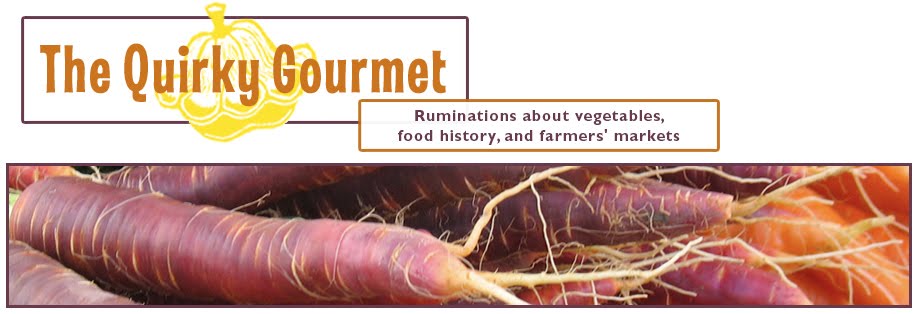Our front window was broken about two months ago, and when I replaced the glass I didn't bother repainting the lettering that had been there. It had said "Quick, Healthy, Vegetarian," but the word "vegetarian" had been spread across two panes to say, "Veget arian," with the "Veget" part on the pane that was smashed. Now it just says, "Arian Food."
We like to joke that maybe that will bring in skinheads who can't spell, but the fact of the matter is that the truncated word just gives the impression that the place isn't cared for. I read one time that when New York City officials decided to get serious about fighting crime on the subways they diligently cleaned off all of the graffiti, and every time a car was spray painted they wouldn't let it back into service until it had been repainted. Cleaning the cars was a way to communicate that they were cared for and subway crime really did go down.
I've decided to go ahead and repaint the front window even though I won't be staying in the storefront longer than another year. As soon as I made that decision we had two of the best days we'd had there in months, even though the window hasn't been repainted yet. That may have been a coincidence, but somehow I don't think so.



















